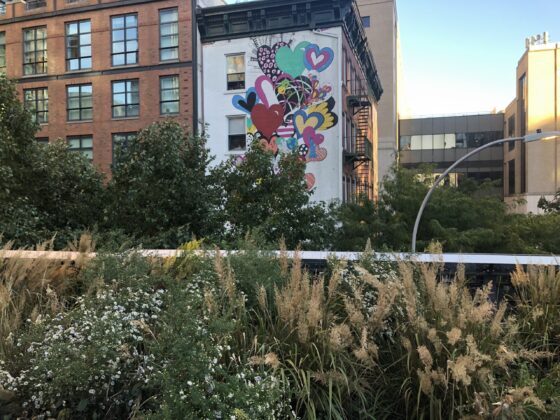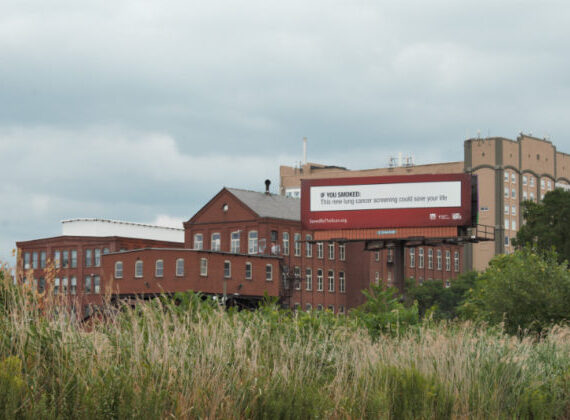Way too often I find myself in rooms where there’s a conversation about a very serious thing and the One Answer is how “we need to start with the children.”
I spent many years working in education. I don’t disagree with any of that, except for how it is stated with a period instead of a comma.
When the conversation turns in this direction, what seems to really being said is “we should focus on the children so that way we, adults, do not have to grapple with any of the hard stuff or change any of our ways of thinking.”
Thus, the sour taste in my mouth when I leave these rooms.
There are those who believe the lie that you can’t teach an old dog.
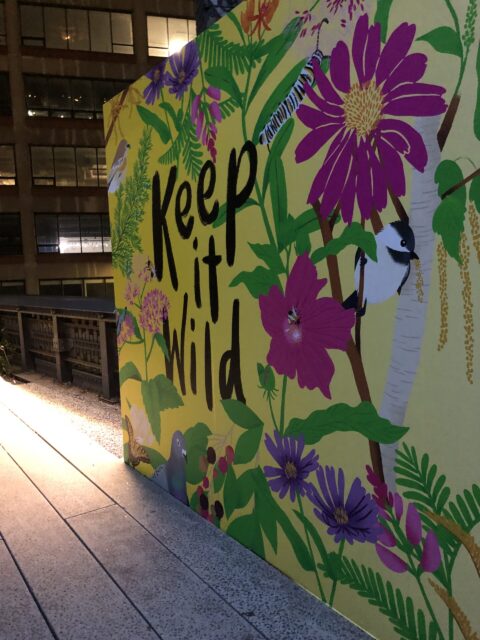
I was thinking of another lie last week: birds of a feather flock together.
Thanks to the abundance of photos and videos on social media, we can’t take this cutesy saying as the full truth anymore. (if you’ve been animal video deprived, start your search with “chill capybara videos”)
Off the Internet, I watch ducks, geese, and cormorants together in the Elizabeth Park pond, peacefully coexisting.
There are all kinds of assumptions people have made about nature that are being proved incorrect. Some claim that being gay is not natural, that there are only two genders and that these are unchangeable. Science communicators have countered all of that in recent years, detailing example after example of how queerness is in nature and is natural.
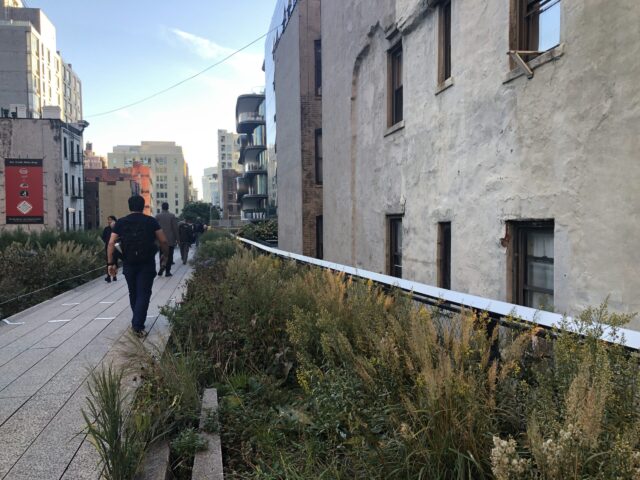
No matter our age, we can take in new information when we are open to doing so.
So, that is something I appreciate about the High Line in New York. Besides that this pedestrian-only space exists at all making for a safe way to move for nearly 1.5 miles, it provides lessons that feel written for adults. That’s most of who uses this park. It makes a lot of sense.
Interpretative signs include everything from facts about particular plants to the timeline of the park in general to the explanation for what native species are and why they have been selected for the park.
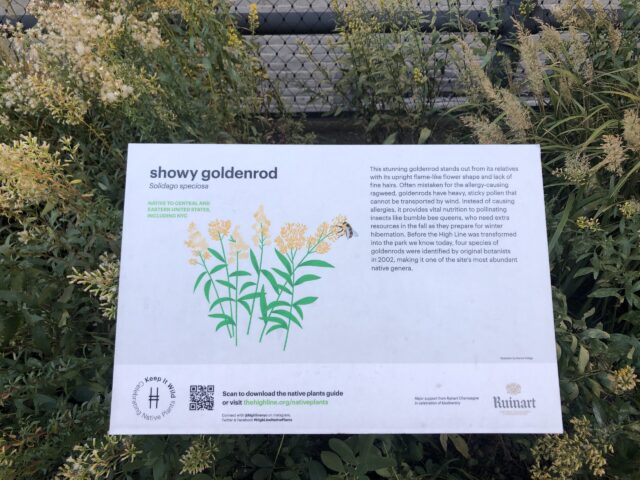
We do this to a small extent in Hartford. There’s a sign by the pond in Pope Park describing the habitat. There are signs around the rooftop gardens outside of the CT Science Center, and while these are bilingual English/Spanish, they are also geared toward children. In other spots, you might get the name of a tree, and that’s pretty much it. There’s a name, but then what? How does it behave within the ecosystem? What, if any, ways do people use it? The small medicine garden in Elizabeth Park is the only local example of providing this information that I can think of.
Yes, teach children, but have enough respect for adults to teach us, too.
Climate Possibilities is a series about climate mitigation, along with resilience, resistance, and restoration. It’s about human habitat preservation. It’s about loving nature and planet Earth, and demanding the kind of change that gives future generations the opportunity for vibrant lives. Doomers will be eaten alive, figuratively. All photographs are taken in Hartford, Connecticut unless stated otherwise.
